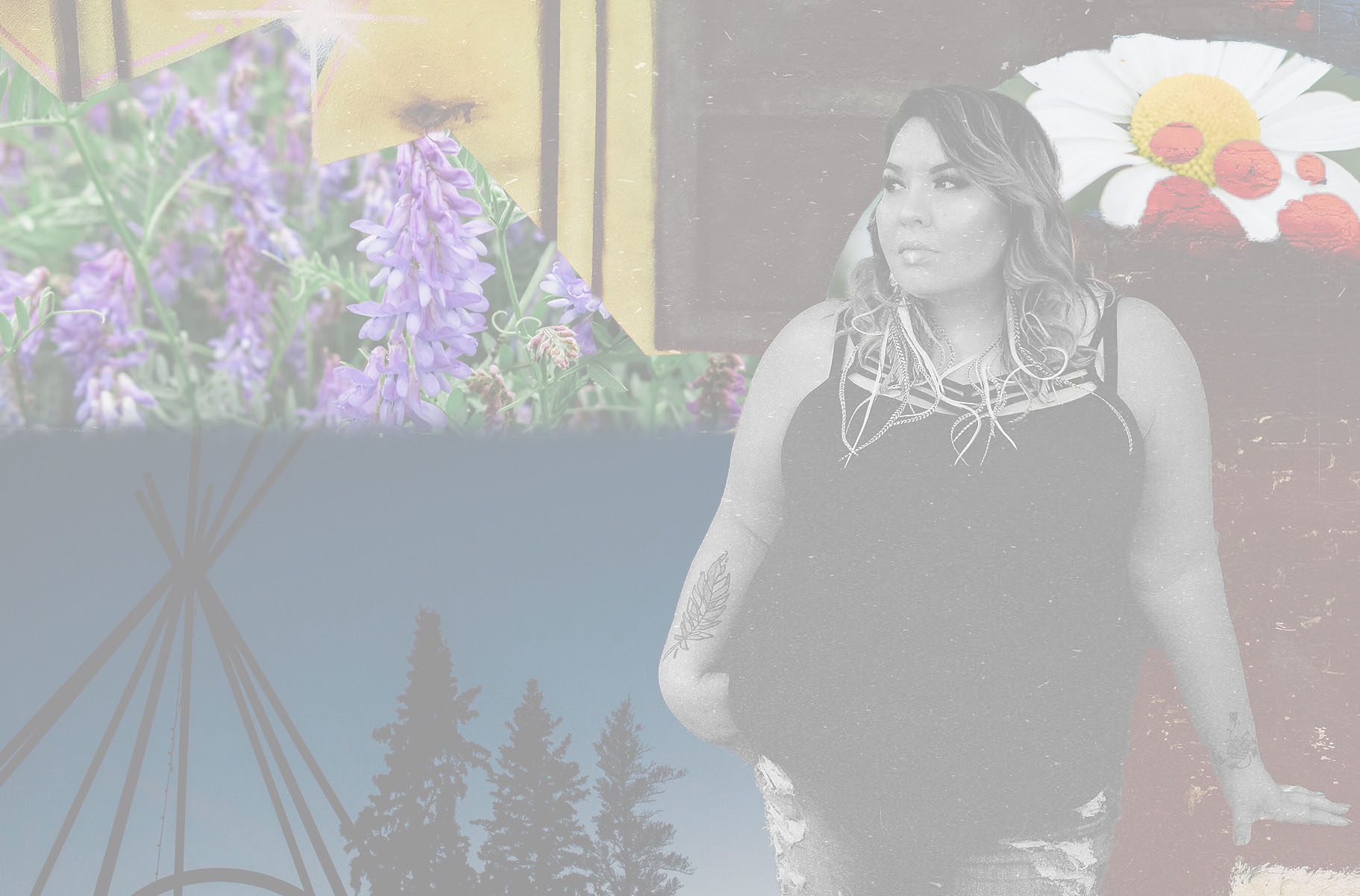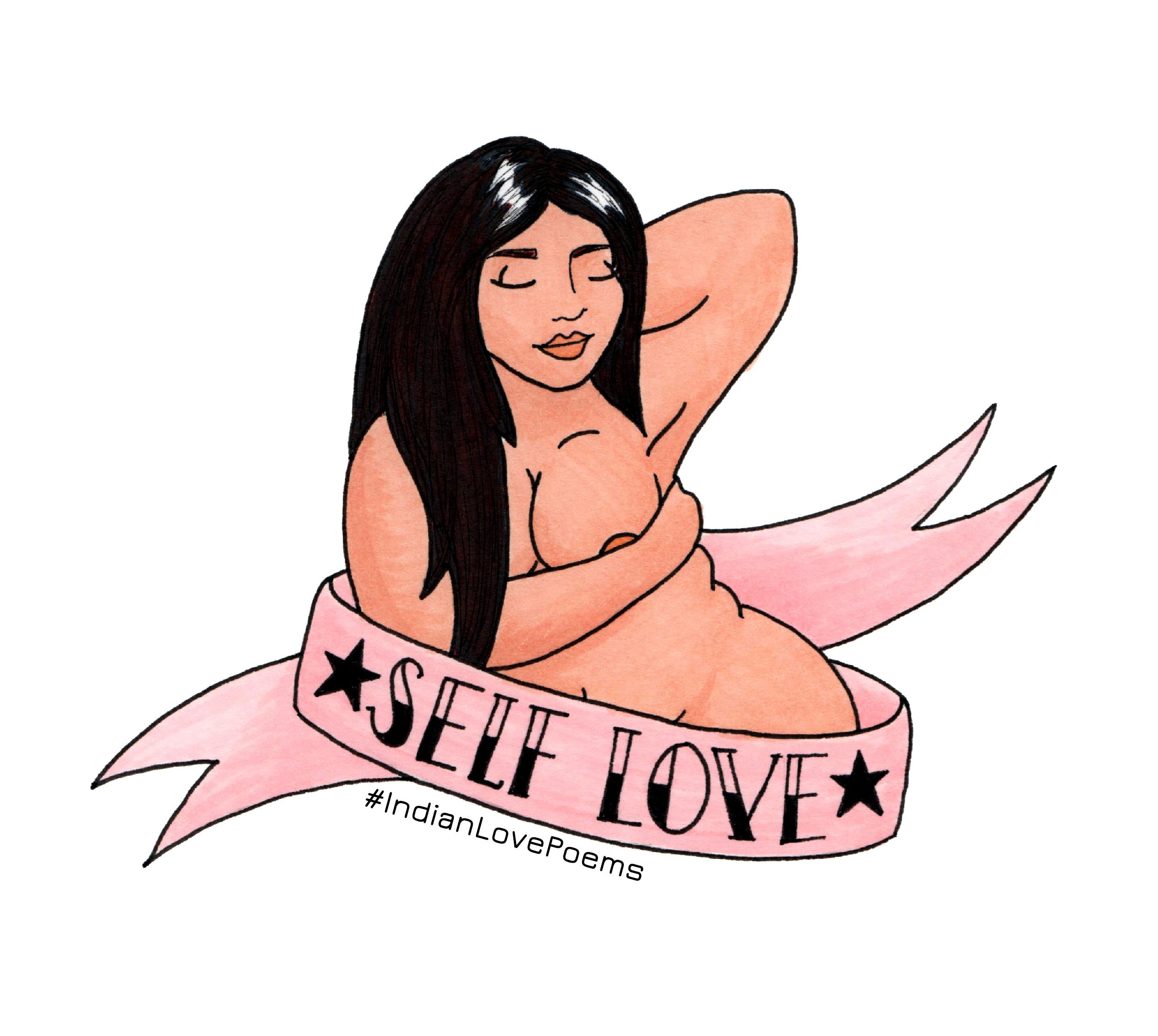
Thomas King’s lecturing series in 2003 for the CBC Massey Lectures is an excellent resource for studies in indigenous literature – I’m fan-girling, I am not objective, this should all be stated. The printed book (based off the lectures) is broken into five parts. Each part starts with a traditional story of how the earth was born and each section has a slightly different twist – in this series, it’s the person who asks about what’s under the turtles. It changes from a young girl to an older woman, and so on.
Chapter 1: You’ll Never Believe (p.1) seems to be about the beginnings of stories, and the personal responsibilities we carry. We learn the story of his absent father and how he and his brother did not rate a mention to him, his second and third family didn’t even know about him and his brother. How his mom made her way up the ladder at work but had to keep quiet about it, as she was a woman. About how evil came into the world through story, but could not be called back – so be careful what you say. How the earth came to be on the back of a turtle, how otter found the mud, and how the Twins created the earth and river and lakes and trees. Then contrasted that story again the Bible story of origin. Jarring. Especially when he goes in-depth at how if we believe one way to be right – we are blind to the possibilities of other stories/experiences. The talking animals. The shared creation of the world. The dichotomy of creation.
Quotables:
- “It was, after all, a man’s world, and each step she took had to be made as quietly as possible, each movement camouflaged against complaint.” (3)
- “For once a story is told, it cannot be called back. Once told, it is loose in the world.” (10)
- “Tell a story, she told me. Don’t preach. Don’t try to sound profound. It’s unbecoming and you do it poorly. Don’t show them your mind. Show them your imagination.” (p.26)
Chapter 2: You’re not the Indian (p.31) is about image – the visual checkmarks on what people think Indigenous looks like, what we see it as, and how to balance that through the exploration of these stereotypes. Edward Curtis come sup, as his images have cemented a certain type of Indian in your head – the Vanishing Race, truly romanticized – and he spent 30 years of his life and other people’s fortunes on crossing our beautiful Turtle Island, looking for some Indians to photograph n their natural habitat. He was also known to bring props along, in case a neechie wasn’t Indigenous enough looking – things like wigs and blankets and tickets to carry.
Yeah, he played RedFace with us.
Anyways, King collects postcards, and notices the white caddies are named in the credits, but the Indian Chiefs playing are not. We are unnamed. He tries to start his own expedition to photograph Indigenous people, and asks himself how are people going to know Indian people are Indian, if they blend in and look non-Indigenous? (42) He mentions Russel Throssel, a Cree photographer who also photographed Indigenous people but isn’t known at the scale Curtis is, as he photographed Indig people managing both traditional elements with modern ease, and who wants. When he was going to University and felt the pull look to look “visibly” indigenous, growing out his hair, throwing on that choker. Going to Australia and New Zealand and working his way across the ocean, and confronting the images that Karl May has left in the people. Everyone knows what an Indian looks like, and we are forced to provide our authenticity when we don’t fit that stereotype – we do it to ourselves as well – who are your parents? Do you speak your language? Have you lived on your reserve? And so on. How “authentic” are you? And how little “looking” Indian matters, as we are all different, we have no set “stereotype” except the one we hold in our heads.
Quotables:
- “That’s really what photographs are. Not records of moments, but rather imaginative acts.” (43)
- “Pictures of me in my “Indian” outfit, pictures of me being “Indian,” pictures of me in groups of other “Indians.”” (p. 45)
- “How will taking photographs of Native artists benefit Native people?” (57)
- “I want to look Indian so that you will see me as Indian because I want to be Indian, even though being Indian and looking Indian is more a disadvantage than it is a luxury.” (59)
- “What’s important are the stories I’ve heard along the way. And the stories I’ve told. Stories we make up to try to set a world straight.” (60)
Chapter 3: Let me entertain you (p.61) is about what roles we play as Indigenous people, and how our expertise is often looked as as non-authentic or entertainment due to the fact that we speak from personal experience and insight, as opposed to pulling in other resources or other people’s studies. King tells of speaking at a conference: about how Ishi was “rescued” from the wilderness and lived in a museum, and how he could not go home, even when offered, as there was no “home” to go to (65) as everyone was dead. And after he had told this story, the business men were given fees for speaking. Honourariums. And he and the Mohawk guy were not, as they were “not the experts” (66). So he changed how he looked. Wore the business suit. Spoke with the suits at events. Presented expert advice. Then was challenged at why an “apple” was speaking for Indigenous people. King also goes into the start of colonization/contact with non-Indigenous peoples – oh, memories – and how we were perceived by the new people as good for slavery, for a minute as we kept dying, and as savage and un-educated, etc. Blood thirsty. Spent a good time trying to kill us off, then all sudden wanted a good Token Indian, a National Indian, to represent the First People. Pauline Johnson was a performer who catered to that experience – seeing a savage who could transform into a lady, etc, during her poetry readings.
Quotables:
- “As long as a I dressed like an Indian and complained like an Indian, I was entertainment. But if I dressed like a non-Indian and reasoned like a non-Indinan, then not only was I not entertainment, I wasn’t an Indian.” (68)
- “A single Indian who could stand for the whole.” (p. 79)
Chapter 4: A Million Porcupines (p.91) is about how oral literature being written down does not mean the end of story, but rather, a new beginning or new form. The story still exists. And stories have medicine – stories heal. King shares stories of how there was a labour camp and the government ran out of funding, and the workers woke up one day and all had to walk home. They just woke up and no one was there. He combats the idea that stories only have merit or are counted when they are in book format. Or that written literature has sophistication that oral literature lacks. King notes that while people were all sudden trying to save Native oral stories, the Natives were learning to write. And we combat the idea that the past is all that we have, that is where we belong. Cowboys and Indians are western ideals ingrained into the American/Western psyche, and with that, we don’t belong anymore in a modern world where our penis as sharp – or dull – as our wit. But now, instead of waiting for you to come to us, we can come to you with our written words.
Quotables:
- “…we wrote knowing that none of the stories we told would change the world. But we wrote hoping that they would.” (92)
- “In each case, at Tenochtitlán and at Alexandria, stories were lost. And, in the end, it didn’t matter whether these stories were oral or written.” (98)
- “there are other ways of imagining the world, ways that do not depend so much on oppositions as they do on cooperations, and they raise the tantalizing question what else one might do confronted with the appearance of evil.” (110)
Chapter 5: What is it about us that you don’t like (121) is the most overtly political chapter – talking specifically about the Acts and Legislation regarding Indigenous Identity and lands. King begins with a Coyote story, of how the Coyote takes the feathers of the Ducks and blames the Humans and instigates a Feather War, for lack of better term, and no one is happy and the world changes. Then King educates the masses on how the land was taken from Indigenous people through legislation, which has two basic goals: “To relieve us of our land …. and to legalize us out of existence” (130). How fighting in the war made you “Not Indian.” How having kids with a non-Indian makes you “Not Indian.” How getting educated could make you “Not Indian.” Because this is one way to get rid of the Indian Problem. SIGH. King notes that Indigenous people have both al legal identity and a cultural identity, and that we have to try to “protect” our legal identity and with that, we are in a battle from Native against Native, unwillingly. And all this won’t matter, once there are no more “Treaty Indians,” according to legislation.
Quotables:
- “One of the most surprising thing about Indians is that we’re still here.” (128)
- “People used to think these things, you know, and they used to say them out loud. Now they don’t. Now they just think them.” (147)
- “But then who will sing for us? Who will dance for us? Who will remind us of our stories to the earth?” (151)
buy the book: The Truth About Stories
Listen to the series: CBC


